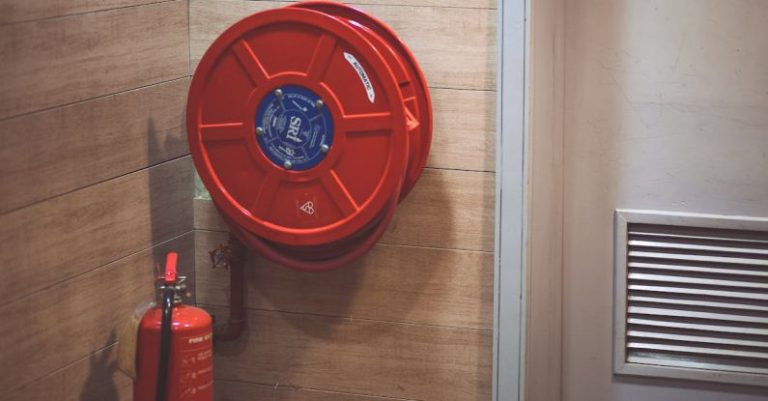Sustainable and Recyclable Composites in Eco-friendly Construction
As the world continues to prioritize sustainable practices and environmental consciousness, the construction industry is also shifting towards more eco-friendly solutions. One of the key areas of focus in this regard is the use of sustainable and recyclable composites in construction projects. These innovative materials offer a range of benefits, from reducing the environmental impact of building projects to enhancing the durability and performance of structures. In this article, we will explore the advantages of sustainable and recyclable composites in eco-friendly construction.
The Rise of Sustainable Composites in Construction
Sustainable composites, also known as green composites, are materials that are made from natural fibers or recycled resources, combined with a matrix material such as resin. These composites offer an alternative to traditional construction materials like concrete and steel, which have a high carbon footprint and can be resource-intensive to produce. By using sustainable composites, builders can reduce the environmental impact of their projects while still maintaining structural integrity and performance.
Advantages of Sustainable Composites
Sustainable composites offer a range of advantages that make them an attractive option for eco-friendly construction projects. One of the key benefits is their low environmental impact. Since these composites are made from natural fibers or recycled materials, they require fewer resources to produce and generate less waste during manufacturing. This can help builders reduce their carbon footprint and contribute to a more sustainable construction industry.
In addition to their environmental benefits, sustainable composites are also durable and lightweight, making them ideal for a variety of construction applications. These materials have high strength-to-weight ratios, which means they can provide structural support without adding unnecessary weight to a building. This can result in cost savings during construction and reduced energy consumption over the lifespan of the structure.
Recyclability and Circular Economy
Another important aspect of sustainable composites is their recyclability. Unlike traditional building materials that often end up in landfills at the end of their life cycle, sustainable composites can be recycled and reused in new construction projects. This promotes a circular economy model where materials are continuously repurposed, reducing the need for virgin resources and minimizing waste.
By incorporating recyclable composites into construction projects, builders can contribute to a more sustainable future and help combat the growing issue of waste management in the industry. These materials can be recycled multiple times without losing their structural integrity, making them a long-term solution for eco-friendly construction practices.
Applications of Sustainable Composites in Construction
Sustainable composites have a wide range of applications in the construction industry, from structural elements like beams and columns to decorative finishes and cladding. These materials can be used in both residential and commercial projects, offering versatility and design flexibility to architects and builders. Whether it’s creating a sustainable facade for a high-rise building or incorporating green materials into interior design elements, sustainable composites can elevate the aesthetic appeal of a structure while also reducing its environmental impact.
In conclusion, sustainable and recyclable composites are poised to revolutionize the construction industry by offering a more eco-friendly alternative to traditional building materials. These innovative materials not only reduce the environmental footprint of construction projects but also provide durability, strength, and design flexibility. By embracing sustainable composites, builders can create structures that are both sustainable and aesthetically pleasing, contributing to a more sustainable future for the construction industry.






